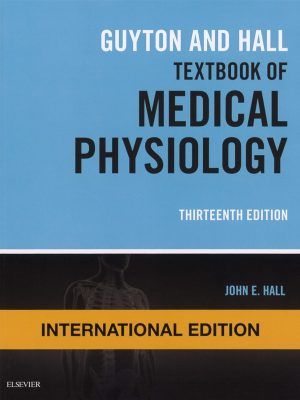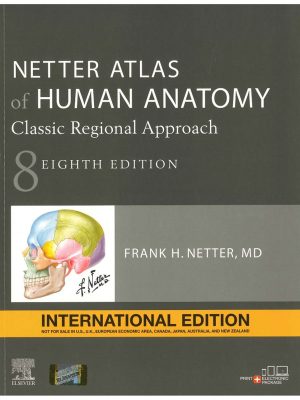Atlas of Interventional Pain Management 4th Edition
₺4.000,00
ISBN: 9780323244282
Yazar: Waldman
Yayınevi: Elsevier
Yayım Tarihi: 2015
Sayfa Sayısı: 952
ATLAS OF INTERVENTIONAL PAIN MANAGEMENT 4TH EDITION
PREFACE
Since it is often said that pain is as old as man, it would seem that the meeting of a couple of hundred physicians with an interest in using invasive techniques to treat pain is hardly worth mentioning. However, it was at this meeting in Nice, France, organized by Alon Winnie and me, that a new subspecialty of pain medicine was born: interventional pain management. This specialty devoted its efforts to the use of neural blockade, implantable technologies, and neurodestructive procedures to treat pain. This is not to say that before this meeting, physicians were not using invasive techniques to treat pain, but rather that this was the fırst time many of those physicians got together in an organized fashion and began to define the subspecialty that we now refer to as interventional pain ınanageınent.
As I noted in the Preface to the third edition of Atlas of Interventional Pain Manageınent, I came up with the term interventional pain ınanageınent as a way to signal to potential attendees that this meeting would be about invasive procedures rather than about pills, hypnosis, biofeedback, and behavioral modalities, all of which were de rigııeıır at the time. Truth be told, at the meeting some sugges-ted that “invasive pain management” would be a better name for our new subspecialty. Fortunately or not, depending on how you look at it, that name did not stick, so here were are today.
To put this ancient history in the proper context, it is useful to look at where the specialty of pain management was back in those dark ages-before the advent of cell phones, personal computers, and Viagraa time when most of the discussion surrounding pain treatment centered on tricyclic antidepressants, major tranquilizers, anticonvulsants, biofeedback, and behavior modifıcation.
Wait, you say! There was no specialty of pain management at that time, at least insofar as organized mainstream medicine was concerned! Twentyfıve years ago there were no organized training programs for pain management (with the exception of a few unoffıcial and uncertifıed training programs that were run by a rather eccentric group of anesthesiologists including Raj, Racz, Winnie, and myself), Let alone any real fellowships. At that time, a very few of us devoted our practices solely to pain management. For most, pain management was a sidefine, and for others it was an unwelcome interruption to their day; practitioners would grudgingly do a nerve block or two in the recovery room after spending a day giving anesthesia in the operating rooın. You might ask what about the physical medicine and rehabilitation (PM & R) doctors and neurologists? They did not arrive on the pain management scene until much later.
The fırst “offıcial” examinations in pain management were not held until 1993. I remember flying to Chicago along with about 250 other “grandfathered” anesthesiologists to sit for a 3-hour written examination that was made up primarily of questions written by those of us who were taking the examination. it is hard to believe that although we wrote most of our own questions, the pass rate for this examination was only about 80%! Those of us who passed were awarded the dubious distinction of having qualifıed for a Certifi,cate of Added Qııalification in Pain Management by the American Board of Anesthesiology. To be honest, no one was clear on what that really meant or whether it was even worth listing on one’s curriculum vitae.
Fast forward to 2015 and you will fınd that our specialty has come up in the world. Pain Medicine (its name had been changed from Pain Management in 2002) is now recognized by the American Board of Medical Specialties as a specialty worthy of its own full subspecialty board certifıcation, a board certifıcation that can be reached only after completing a 4-year residency in anesthesiology, physical medicine and rehabilitation, neurology, and so forth; completing a 1- to 2-year fellowship in pain medicine; and then passing a rigorous written examination. We have traveled quite a distance in 25 years, but these years have not been without growing pains, some good and some not so good.
As the body of knowledge of interventional pain management began to become codifıed by the publishing of the fırst books in our specialty, such as Raj’s Practical Management of Pain and my textbooks Interventional Pain Manageınent and the Atlas of Interventional Pain Manageınent Techniqııes, organized fellowships in pain management began appearing. These training programs grew in both scope and stature; as a result, a critical mass of qualifıed interventional pain management specialists became available to care for the patient in pain. lnterventional pain management procedures became the gold standard for pain treatment. As with most good things, some interventional pain management specialists, myself included, adopted the mantra that if a little was good …
Atlas of Interventional Pain Management 4th Edition








Yorumlar
Henüz yorum yok.